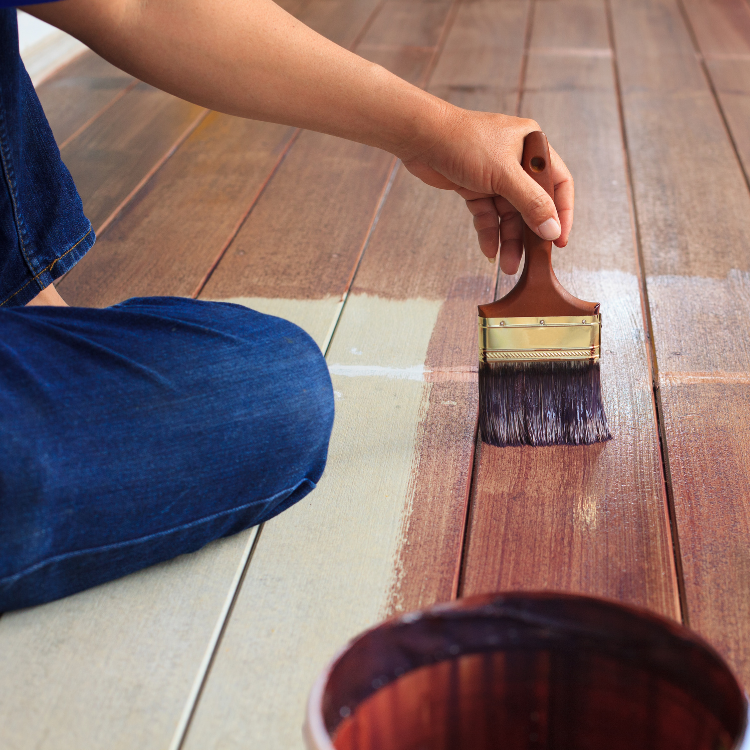When it comes to how safe it is to live in your home, the last thing you want is to know your house can pose a threat to you and everyone living in it. However, over time, the structure and internal fittings and fixtures can be at risk of wear and tear or damage. They may and require some remedial work to help rectify the issues.
Teaching yourself some DIY skills can be a lifesaver over the years, especially regarding internal decor and updates. But what about the more complex aspects of home repair? What should you attempt yourself? What should you leave to the pros?
Read on for some home repairs that you should leave to the experts. This ensures the job is carried out safely or ensure your home is safe to reside in.
Mold
Have you noticed the black stuff appearing on walls or ceilings? Mold is caused by an excess of moisture in the home and can be caused by multiple things. Rainfall seeping in through the walls or foundation, leaking pipes, and a hole in the roof, for example, are all significant causes of dampness and mold within the home.
However, before you address the mold issue, you should identify what is causing it. This will help you to put a stop to it recurring and avoid wasting money. Then you can look into companies that clean mold. While it can be tempting to take care of this yourself, black mold, especially in large quantities, can be harmful to your health and be dangerous for people with weakened immune systems or breathing conditions such as asthma. So, to remain safe and healthy, call in the professionals to ensure your mold problem is cleaned correctly and gone for good.
Plumbing
Pipes, taps, toilets, baths, sinks, and sewers all rely on one thing – water. Your home is supplied with water through a complex network of pipes, and your plumbing is probably one of the most critical aspects of comfortable modern living. What would you do if suddenly you had no water or if you sprung a leak or fault with any of your pipework for water-based appliances?
Blocked toilet? Get a plunger and see if you can get it unblocked. Is water not draining in the bath? Clean the plug hole and see what is causing the blockage. Water around the floor of your toilet? Identify the source and call a plumber. The same goes for any plumbing work that is more complex than cleaning blockages or leaky tasks. In fact, even leaky taps can be a complicated fix if you don’t know what you’re doing.
Ask any plumber, and they will tell you that fixing botched DIY jobs is their number one emergency call out. All due people making the issue worse or not being able to finish the job as required. If you spot a leak, puddles of water where they shouldn’t be, you lose water pressure, or even your heating goes, call a plumber and avoid excessive bills to repair what you tried to but couldn’t.
Electrics
Much like plumbing, electricity is one of the things we rely on the most in our homes. And while changing a lightbulb, switch plate, or even the whole light fitting itself can be straightforward, anything further than this shouldn’t be attempted unless you are a qualified electrician.
Electricity is dangerous. We all know this, and working with electrics, there is always the risk of life if not handled carefully. While it might be easy to find some tutorials online, it is always better and safer to leave any major electrical work to the professionals. From complete home rewiring to adding new outlets, if you notice any of the following signs, call your electrician;
- Heat coming from walls close to wiring
- Buzzing or crackling noises
- Black marks close to light switches and outlets
- constant tripping of the whole electrics
- Flickering lights
- Burning smell.
Structural Cracks
In many cases, cracks in walls aren’t usually a significant cause for concern. However, certain cracks in specific places can indicate something more sinister might be going on, and your home’s structural integrity is being compromised. Internally, this can be the plaster on the walls cracking. Externally it could be the rendering.
Stair step cracks, jagged cracks in a diagonal line, and vertical cracks that are wider at the top or bottom can all indicate a structural issue. Structural issues can be caused by many things, from poor craftsmanship during the building phase to changes in the land surrounding the home, static forces (i.e., the weight of the home), or even weather conditions infiltrating the foundation and causing massive damage.
If you notice any issues like the cracks mentioned above, calling a structural engineer can give you further insight into the condition of your home and allow you to rectify the problem to ensure your home is safe to live in.
Conclusion
When carried out correctly, DIY repairs can be instrumental in keeping your home safe and comfortable. However, knowing when to step away and call the professional is vital to ensure you don’t make the problem worse, invalidate your insurance or mortgage, or cause harm or injury to yourself or your family.



